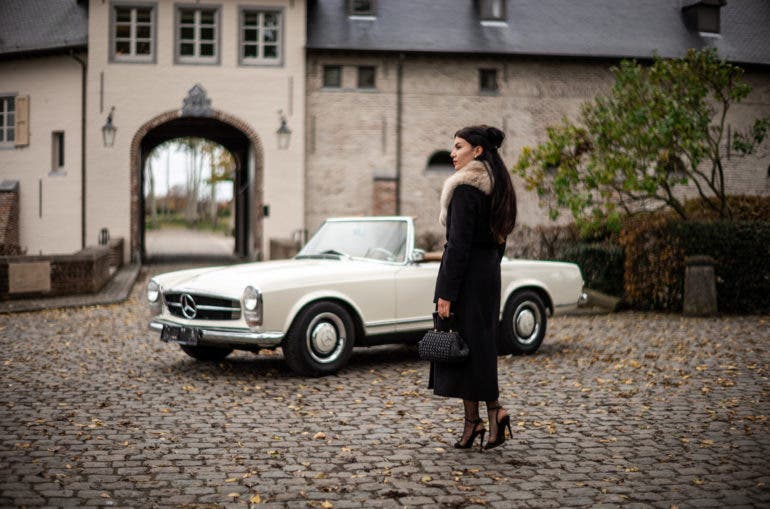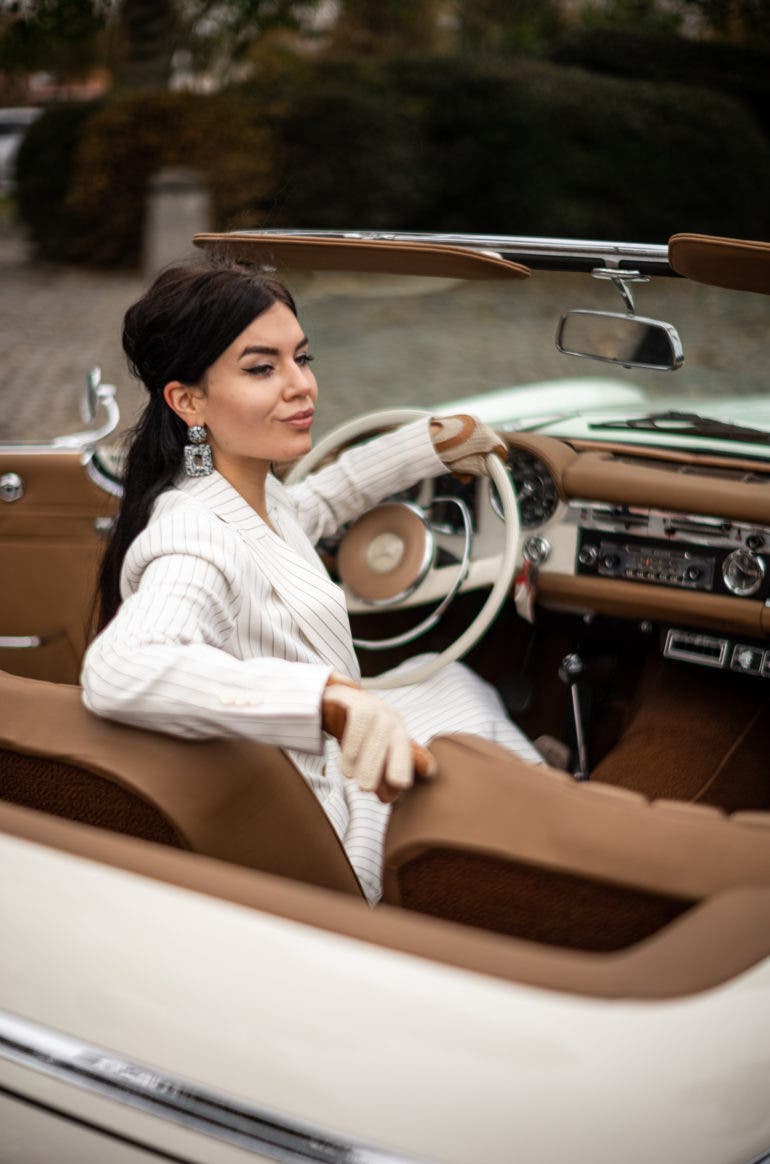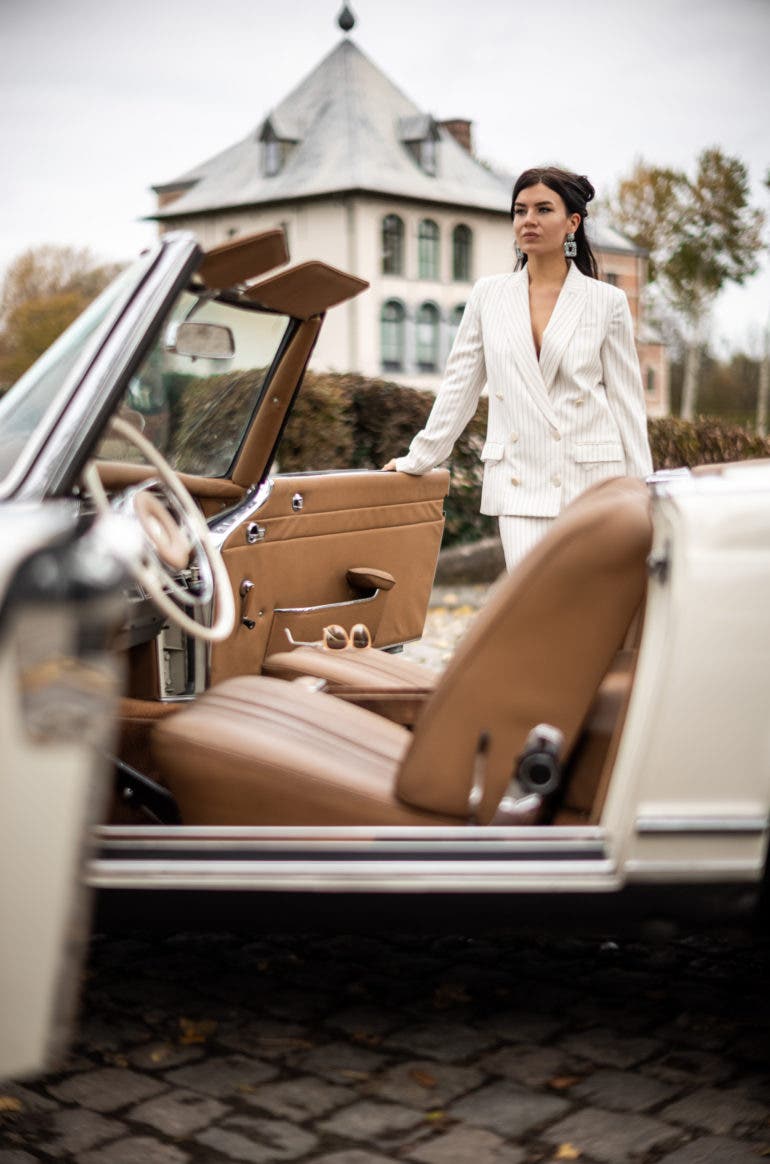Why the New Leica 50mm f1.2 Noctilux is Such an Important Lens
The Leica 50mm f1.2 Noctilux is a reissue of the classic vintage offering from Leica that was super hard to make.
Good news: the Leica 50mm f1.2 Noctilux is back! Today the company is announcing a reissue of the classic and much-loved lens. That, and the original is incredibly hard to get your hands on. The cool thing about the luxury world and the vintage world is that everyone is on the hunt. How many folks on eBay snipe the Contax T2? It’s why Rolex brought back the Submariner in the Tudor Black Bay. It’s also probably why Apple brought back the feel of their older devices. And the Leica 50mm f1.2 Noctilux manages to do a few things that modern lenses don’t.
Leica 50mm f1.2 Noctilux Tech Specs
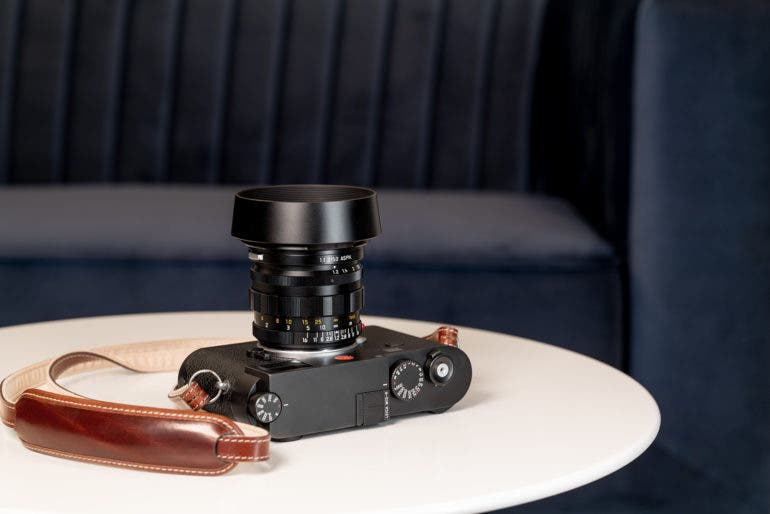
- 6 elements in 4 groups
- 2 aspherical elements
- 1-meter close focusing
- 16 aperture blades
- Leica M mount
- 49mm filter thread
- Vignettes wide open and mostly disappears by f2.8. True to classic lenses.
- Rare silver edition limited to 100 units
- $7,695
16 Aperture Blades and That Classic Look
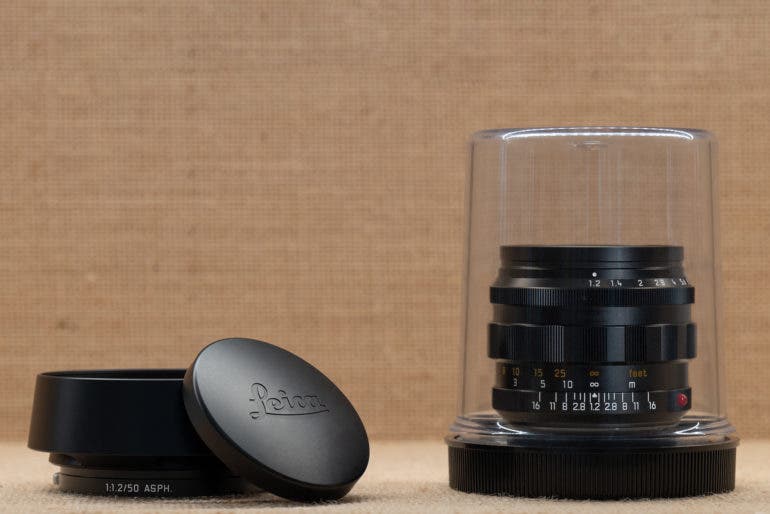
Yes, the Leica 50mm f1.2 Noctilux has 16 aperture blades. Comparatively speaking, the Sony G Master lens lineup has 11 aperture blades. The 7Artisans 50mm f1.1 has 13 aperture blades. But this Leica lens will have the smoothest bokeh and by far the most character. For the passionate photographer with over $7,000 to burn, you’ll enjoy great portraits. In fact, I’d probably argue that this could be their best portrait lens. Leica also has the 75mm f1.25 Noctilux. But that’s not as versatile as a 50mm lens.
16 aperture blades in this lens translates to super-smooth bokeh. And with the M10, you’ll get that with great high ISO output. With the Leica M10R, you’ll get more details. However, I’d probably want to shoot this with the M10 Monochrom. That classic look combined with what’s essentially digital Kodak Tri-X speaks to me so much. Or better yet, the Leica M10-D for the best experience overall!

Best yet, this is a look you can’t get with post-production. There’s vignetting wide open. And you can add something like that in post-production if you wish. But compare it to something like the Canon RF 50mm f1.2 L USM. The Canon has a very medium format 80mm look to it. And it’s amazingly sharp. The Leica 50mm f1.2 Noctilux will have some sharpness wide open. But the true sharpness will come stopped down. It’s part of the classic experience. To boot, lots of us want to spend less time in front of our computers. So you won’t need to sit and do tons of post-production to get the photos.
Could you go for the original vintage lens? Sure. But they’re very hard to get your hands on. And if anything, Leica’s brilliant move here will drive the second-hand market price up. As it is, it sometimes sells for around $63,000. With that said, you’re better off buying the newer one at less than a tenth of that price.
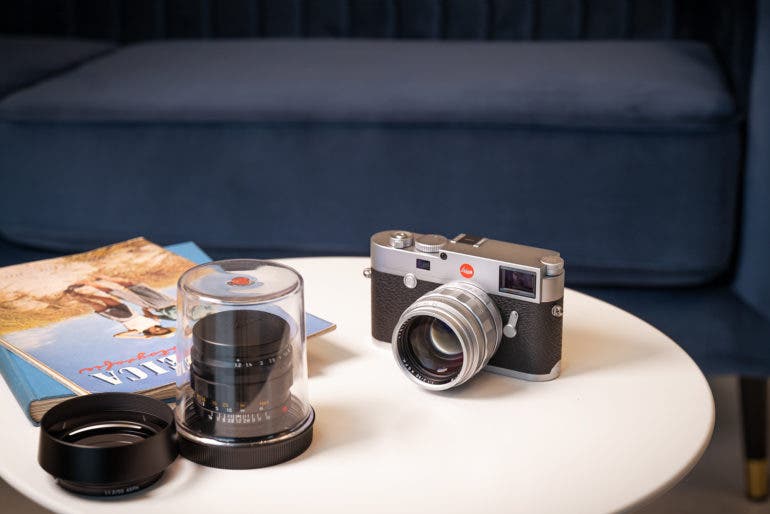
On top of that, you’re getting Leica’s build quality. Leica lenses are made of metal through and through. We’ve heard about and seen just how durable their lenses really are. But Leica refuses to attach any sort of official weather sealing statement to them. They argue that if they weather-sealed their M-mount lenses, they’d need to go back and do that with all their glass. But if that’s the case, then the M5 would’ve never been created with that logic. Nor would lens coding have happened!

Sample Images
Here are some sample images provided by Leica.



